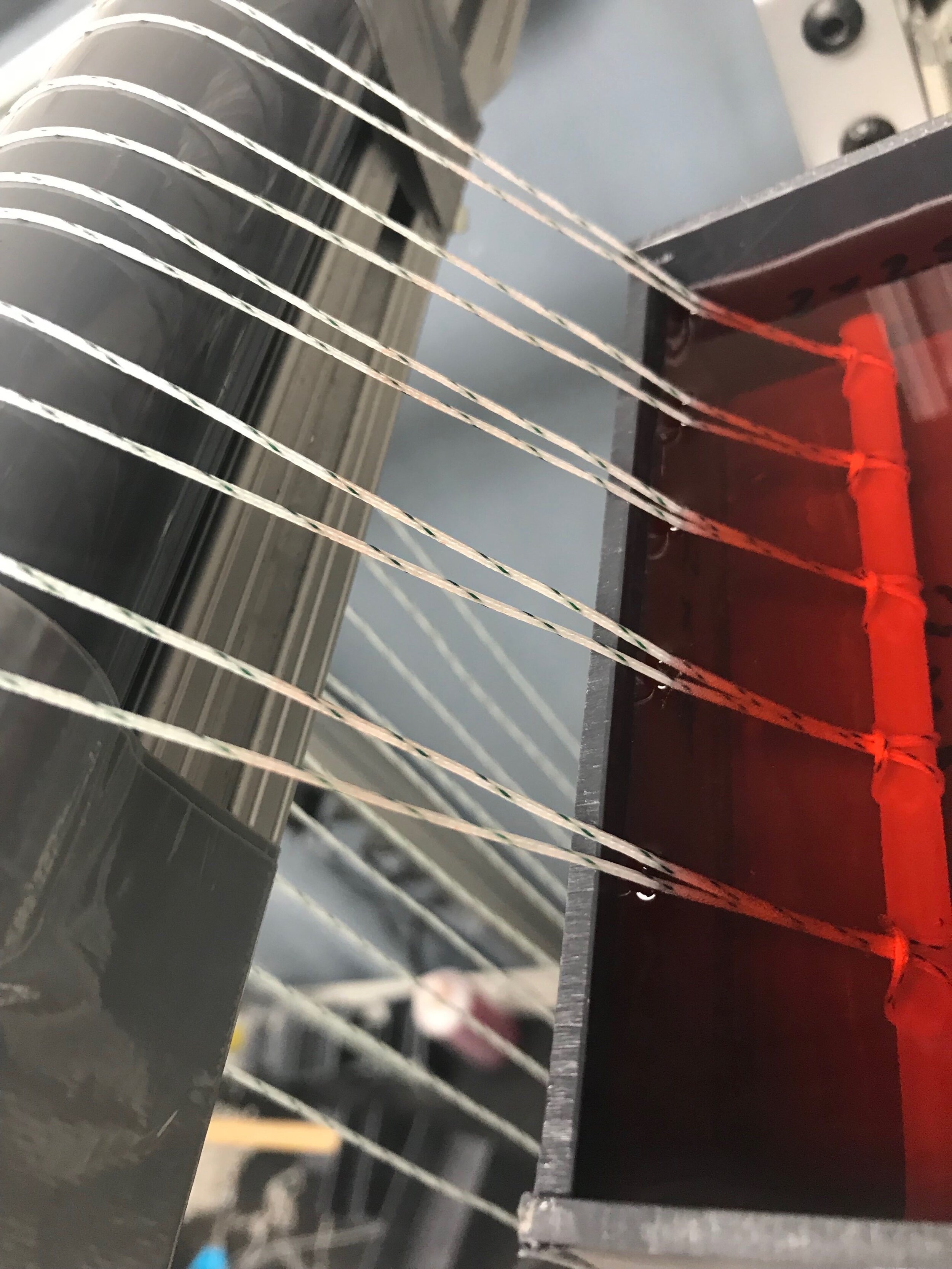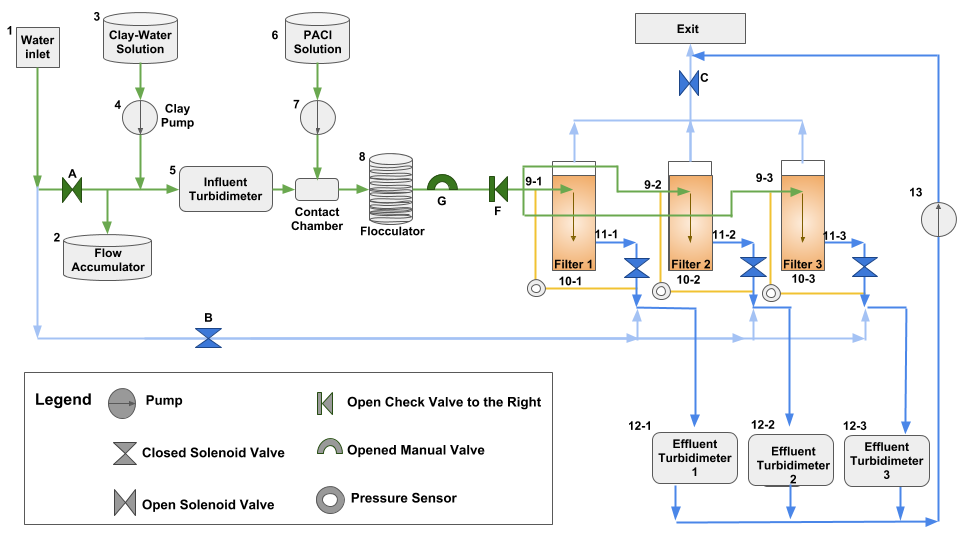Kiki Lo, Antonio Martinez, Gaby Sibel, Zsofia Szegletes
Abstract:
The objective of String Digester for the Spring 2019 semester was to continue research on revamping a wastewater treatment system to eliminate problems associated with current trickling filters. To improve consistency in wastewater treatment, experiments were conducted using metallic and plastic chains to optimize surface area. The long-term goal of this team is to create an efficient wastewater treatment system that will perform secondary and tertiary treatment on domestic wastewater. These tests involved testing different chain types and synthetic materials for their hydrophillic properties, fabricating and testing reactors for efficiency, and researching biofilm growth to help define design parameters for the construction of a functioning string digester.










